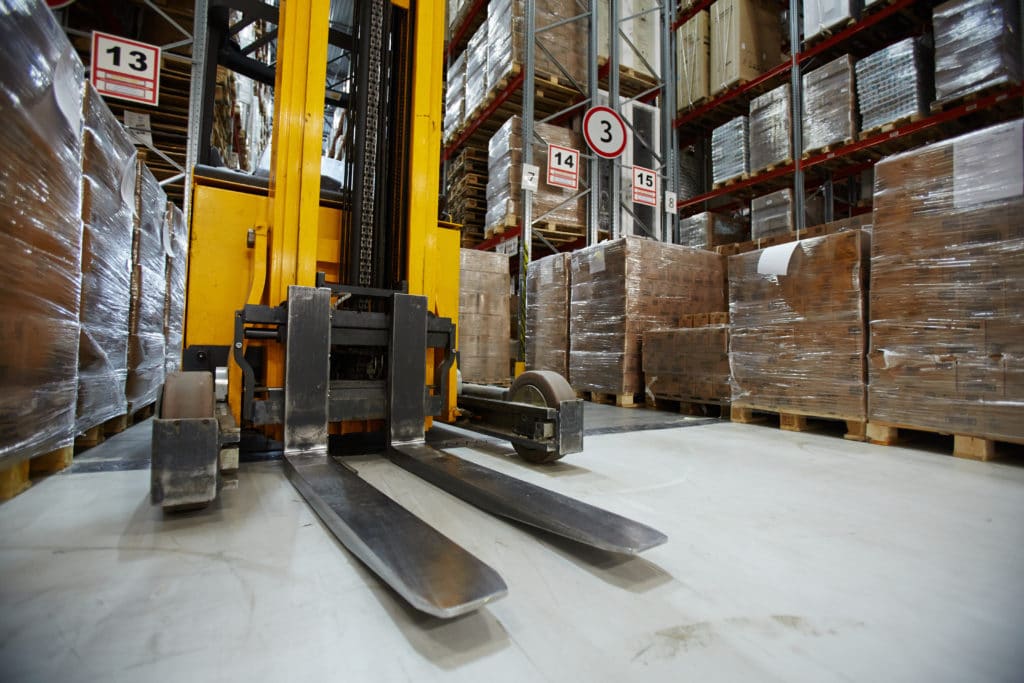Inspecting Used Pallet Racking Systems for Quality Assurance Guide
When it comes to purchasing used pallet racking systems, conducting a thorough inspection is crucial to ensure the quality, safety, and reliability of the equipment. Overlooking this step can lead to faulty racks that pose serious safety concerns. In this comprehensive blog post, we will guide you through the detailed inspection process, highlighting key factors to consider. By following these guidelines, you can make an informed decision and acquire used pallet racking systems that meet your requirements while providing a secure and efficient storage solution for your warehouse.
Examine the Pallet Rack for Damage: Begin by inspecting the front and rear beams for any signs of damage, including dents, scratches, or skewing. Even minor damage can compromise the structural integrity of the racks. Pay close attention to any visible signs of wear and tear, as cumulative impacts from forklifts or other incidents may have weakened the structure. It’s important to address any damage, no matter how superficial it may seem.
Check Beam Deflection: Calculate the beam deflection, which refers to the degree of bowing or sagging under load. Excessive deflection indicates overburdening. To determine the beam deflection, compare the actual deflection to the recommended guidelines. The American National Standards Institute (ANSI) suggests that when pallets are loaded, the vertical beam deflection should not exceed 1/180th of the length of the beam. Any noticeable deflection beyond this threshold raises concerns about the rack’s load-bearing capacity.
Assess Rack Uprights: Next, assess the rack uprights for both plumbness and straightness. Plumbness refers to the vertical alignment of the rack’s columns, while straightness relates to any sagging or bowing of the rack. An “out-of-plumb” rack indicates that the columns have bent, while an “out-of-straight” rack exhibits excessive sagging or bowing. To ensure even load distribution and maximum stability, the out-of-plumb ratio should not exceed 0.5″ per 10 feet, and the out-of-straight ratio should be less than 0.05″ per 12″ of height.
Inspect Beam Connectors: Beam connectors play a critical role in joining the uprights to the beams. Inspect the connectors for any signs of damage, such as cracks, bends, or deformations. It’s important to note that used pallet racks may have less common connector types, making it harder to find spare parts or compatible accessories. Therefore, ensure that the connectors and their corresponding safety pins are in good condition. Additionally, if the beams are attached to the uprights using a bolting system instead of hooks or clips, inspect the bolts for damage or missing pieces. Confirm that all bolts are tightened to the recommended torque specifications, as loose or missing bolts compromise the rack’s stability.
Evaluate the Floor: Take the time to assess the condition of the floor where the used racks were previously installed. Look for visible signs of damage, such as cracks or warping, as an uneven or damaged floor can affect the stability of the racks over time. If there are any concerns, it’s advisable to consult with a professional to determine if the floor needs repair or reinforcement. Proper floor maintenance ensures the longevity and safety of your racking system.
Assess the Feet: The feet of the pallet racks are responsible for keeping them level and secure. Thoroughly inspect the feet for any damage, including cracks, bends, or warping. If the feet are adjustable, ensure they are set to the correct height to maintain levelness. Using a level, check the alignment of the feet with each other and the floor. Uneven or misaligned feet can compromise the stability of the racks, potentially leading to accidents or damage to stored items.
Inspecting used pallet racking systems is an essential step in ensuring the quality, safety, and reliability of the equipment. By meticulously examining the racks for damage, checking beam deflection, assessing uprights and connectors, evaluating the floor, and inspecting the feet, you can make an informed decision when purchasing used pallet racking systems. Prioritizing the inspection process provides you with peace of mind, knowing that you have acquired a secure and efficient storage solution for your warehouse. Remember, safety should always be the top priority when it comes to your storage systems.

Navigating Warehouse Hazards: The Forklift Factor
Navigating Warehouse Hazards: The Forklift Factor In the intricate and dynamic ecosystem of a warehouse, the role of forklifts is irreplaceable,...
Read MoreUnderstanding Roll Formed Steel vs Structural Steel
Understanding Roll Formed Steel vs Structural Steel In the world of warehouse storage solutions, pallet racks and cantilever racks play a...
Read More

